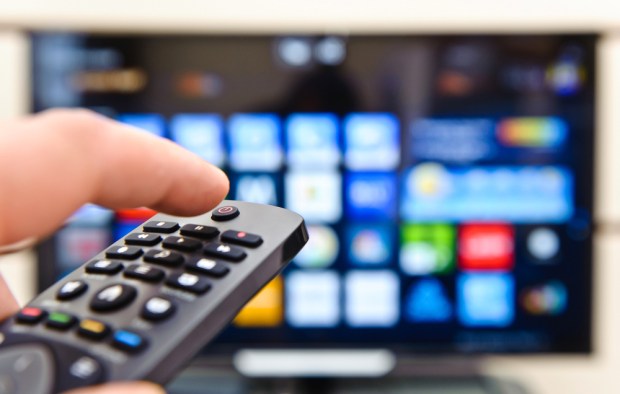Baby Boomers vs. Millennials: Varying Degrees of Television Consumption

It can be argued that one of the best parts about the online world is the ability to look up old episodes of favorite television shows and binge-watch them.
Nostalgia can be a strong force, pulling people in to watch for hours on end.
Over the past decade, binge-watching has, no doubt, become a phenomena. From viewing old “Friends” episodes to re-watching every “Breaking Bad” episode or catching up on “Grey’s Anatomy,” the possibilities are endless. Within the past few years, companies like Netflix and Amazon Prime have caught on and have started developing their own online-only streaming series to take full advantage of the situation at hand. Typically, each series on these streaming services is released all at once, with the understanding that viewers on the other side will be waiting with bated breath.
Binge Watching
These companies would be right in their assumption. According to Deloitte’s annual Digital Democracy Survey, it was found that nearly 73 percent (up from 68 percent two years ago) of U.S. consumers do, in fact, enjoy binge-watching episode after episode.
With so much content available online, some may find it hard to not get sucked in to episode marathons with family, friends or even solo.
Younger generations tend to binge-watch more television, which may come as no surprise. The Deloitte survey found 90 percent of millennials and 87 percent of Gen Z have a tendency to binge-watch.
What’s drawing the younger generation in to binge-watching?
It’s likely a combination of easier access via the internet and a myriad of devices from which to stream their favorite shows. Half of millennial and Gen Z viewers binge-watch their shows on devices other than a standard television set. When it comes to baby boomers, however, 80 percent surveyed prefer to watch their shows the old-fashioned way: on the TV.
News Shows
While binge-watching can be a good way to zone out at the end of a long work day, it’s just as important to look at the more serious side of television consumption patterns.
According to data from Nielsen, there was a significant uptick in the amount of millennials watching news shows in Q1 2017. Specifically, there were three news networks that saw the viewership increase, which include Fox News, CNN and MSNBC:
- Fox News: 67,700 in Q1 2017; 27,100 in Q1 2015
- CNN: 62,900 in Q1 2017; 34,800 in 2015
- MSNBC: 35,900 in Q1 2017; 20,400 in 2015
As millennials have now outpaced baby boomers, with 75.4 million in its group, this is likely a highly coveted group for television networks. The reason behind the spike in millennial news-watching is attributed by some to the current political climate. As there seems to be an endless stream of big political stories, it’s no wonder the generation born between 1979 and 1995 — who’re likely voting on major decisions impacting their lives — are becoming more concerned and tuning into news channels.
So millennials tend to binge-watch and have become more interested in news shows in the past few years — but how will networks best connect with this generation? It seems that streaming services have already taken note, with an inundation of new television shows.
And while cable networks have certainly stepped up their efforts in terms of scriptwriting and casting, it may or may not be enough to overtake the online streaming arena. One advantage that streaming has over cable television is that it isn’t required to censor language or nudity.
Whether it is binge-watching online or newscasters on networks who catch people’s attention, one thing is for certain: The state of watching television is undergoing a significant change.
